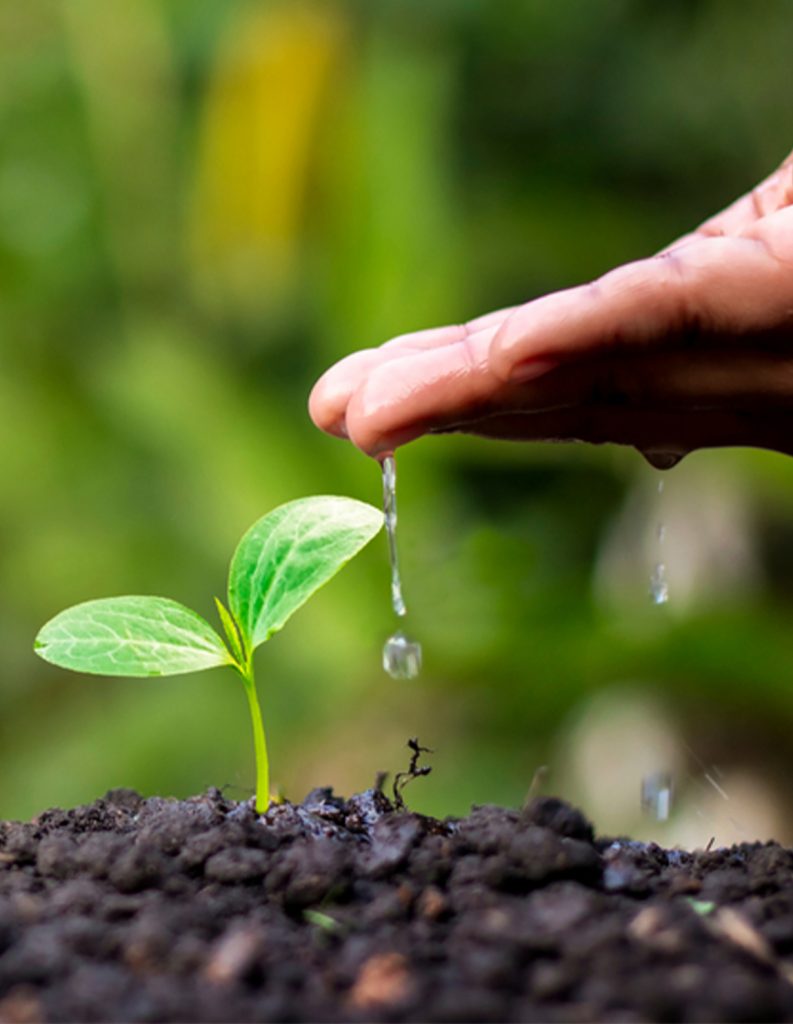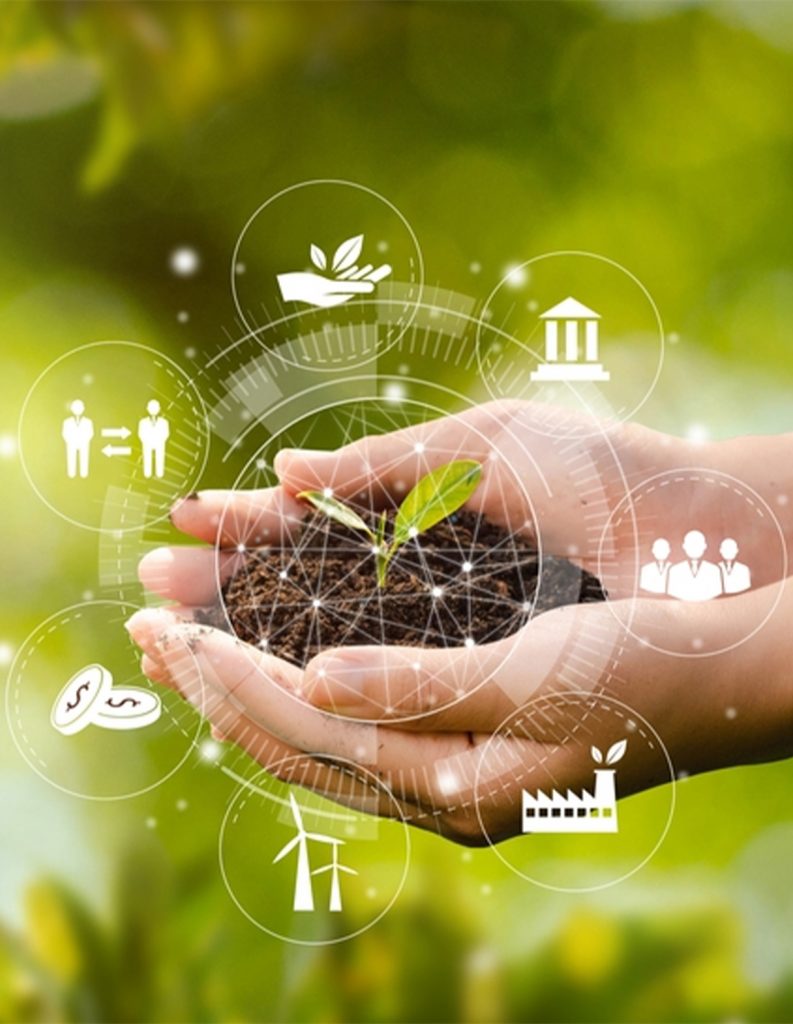Agriculture for green growth
‘’ Agriculture is the fundamental source of the food supply
of all the countries despite its developing status. ’’
of all the countries despite its developing status. ’’
Agriculture is the fundamental source of the food supply of all the countries despite its developing status. It is a substantial user of natural resources, including land and water to produce food. Due to the heavy pressure on the population in developing and underdeveloped countries, the demand for food is increasing at a fast rate. According to the World food program (WFP), hunger is still one of the biggest and most solvable problems in the world. The population continues to feel the brunt of the economic and food crises where 3 in 10 households, approximately 6.26 million people are food insecure.
1. Evolution of fertilizer
Employing fertilizer for farming has a long history dating back 8000 years. In ancient times, manure has been the
most logical fertilizer to use. Babylonians, Egyptians, Romans, and early Germans were recorded using minerals or
manure to increase yields. The foundation for the modern fertilizer industry was laid by Justus Liebig in 1840, who
was concerned with elements needed to plant growth and development. Around 1933 the production of solid
ammonium nitrate for fertilizer use began on a significant scale in the United States during World War II. In 1843
Lawes began producing superphosphate of lime. The K fertilizer industry started in Germany in 1861. Rapid boosts
given by synthetic fertilizers attracted the farmers. Therefore, demand for synthetic fertilizers increased.
The concepts of modern organic agriculture were developed in the early 1900s by Sir Albert Howard, F.H. King, Rudolf Steiner, and others who believed that the use of animal manures (often made into compost), cover crops, crop rotation, and biologically based pest controls resulted in a better farming system. Green growth is the newest concept for agriculture which is the pursuit of economic growth and development while preventing environmental degradation, biodiversity loss, and unsustainable natural resource use. The goal is to increase the chances of using cleaner sources of growth, thereby moving to a more environmentally sustainable growth model. Organic fertilizers, other organic agricultural inputs, and farming practices are the foundation of this concept.
The concepts of modern organic agriculture were developed in the early 1900s by Sir Albert Howard, F.H. King, Rudolf Steiner, and others who believed that the use of animal manures (often made into compost), cover crops, crop rotation, and biologically based pest controls resulted in a better farming system. Green growth is the newest concept for agriculture which is the pursuit of economic growth and development while preventing environmental degradation, biodiversity loss, and unsustainable natural resource use. The goal is to increase the chances of using cleaner sources of growth, thereby moving to a more environmentally sustainable growth model. Organic fertilizers, other organic agricultural inputs, and farming practices are the foundation of this concept.


2. Sustainable Agriculture
Employing chemical fertilizers for agriculture is the most prevalent worldwide agronomic practice today.
However, excessive, prolonged usage of chemical fertilizers causes enormous environmental and social
impacts. As per the United Nations Environment Program (UNEP) during the last 100 years, the amount of
man-made nitrogen compounds in soil, water, and the air has doubled. Usage of excessive chemical
fertilizers has caused rapid deterioration of soil and groundwater, loss of soil fertility, accumulation of
heavy metals in soil and plants, reduce soil productivity, breaks the natural eco-system balance by
destroying soil microflora, and causes water pollution by inducing the eutrophication.
The environmental concerns lead to new movements that demand low input use agriculture systems, including organic agriculture that provides an ecofriendly way of crop cultivation by using, plant and animal-based local organic resources, enriched with nutrients required for crops. This concept is comprised of eco-friendly fertilizers, pesticides, and cultivation practices. The core principles of the sustainable agricultural approach include health, ecology, fairness, and care that ensure sustainable development.
The environmental concerns lead to new movements that demand low input use agriculture systems, including organic agriculture that provides an ecofriendly way of crop cultivation by using, plant and animal-based local organic resources, enriched with nutrients required for crops. This concept is comprised of eco-friendly fertilizers, pesticides, and cultivation practices. The core principles of the sustainable agricultural approach include health, ecology, fairness, and care that ensure sustainable development.
3. Create positive changes with organic farming
Organic agriculture is the society’s brightest hope for positive change.
OUR PRODUCTS
Distinctive, crop-specific product line, for plant’s all nutrient requirements.
